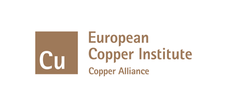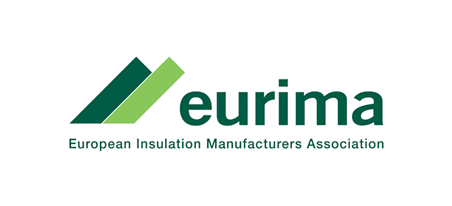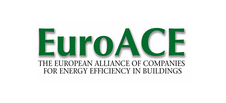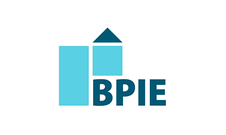Search eceee proceedings
Impact of financial and informational policies promoting energy efficiency in SMEs
Panel: 2. Policy: governance, design, implementation and evaluation challenges
This is a peer-reviewed paper.
Authors:
Lisa Nabitz
Patrick Plötz, Fraunhofer Institute for Systems and Innovation Research ISI, Germany
Joachim Schleich, Fraunhofer Institute for Systems and Innovation Research ISI/Grenoble Ecole de Management (GEM), Grenoble, France/Virginia Polytechnic Institute and State University, Blacksburg, Virginia, USA, Germany
Abstract
In light of alleged un-tapped potentials for cost effective energy savings in the industrial sector various policies have been implemented to overcome barriers to the adoption of energy efficiency measures by companies. Especially, small and medium-sized companies (SMEs) are supported in their adoption decision by informational and financial instruments. To adequately design these instruments a thorough understanding about their mechanism is crucial. Thus, this paper investigates the impact of two financial instruments (funding for cross-cutting (CC) technologies, low-interest loan) in addition to an informational instrument (energy audit) on the adoption of four generic energy efficiency measures in SMEs in Germany. Based on 766 observations, we apply t-tests and propensity score matching techniques to estimate the effects of these instruments. Findings suggest that the financial instruments in addition to an energy audit accelerate the adoption, but effectiveness varies by technologies. Based on a t-test, the adoption rate for insulation is 15% and for heating 19% higher for companies which used a low-interest loan (and an energy audit) compared to companies which only had an energy audit. For lighting, the adoption rate is nearly 12% higher for companies which used the CC technologies programme (and an energy audit) compared to the control group. The propensity score matching results differ: To adopt measures for insulation the propensity is 12%, for heating optimization 12% and for heating about 25% higher for companies which used a low-interest loan (and energy audit) compared to the control group. Regarding lighting we do not find a significant effect of the CC technologies programme on the adoption. Findings indicate that estimates of policy effectiveness by t-tests might be misleading, i.e. overestimating the effectiveness regarding the adoption of measures for lighting, insulation and heating optimization, and underestimating the effectiveness for heating.
Downloads
Download this paper as pdf: 2-193-17_Nabitz.pdf
Download this presentation as pdf: 2-193-17_Nabitz_presentation.pdf
Panels of
1. Foundations of future energy policy
2. Policy: governance, design, implementation and evaluation challenges
4. Mobility, transport, and smart and sustainable cities
5. Buildings and construction technologies and systems
6. Buildings policies, directives and programmes
7. Appliances, products, lighting and ICT
8. Monitoring and evaluation: building confidence and enhancing practices























